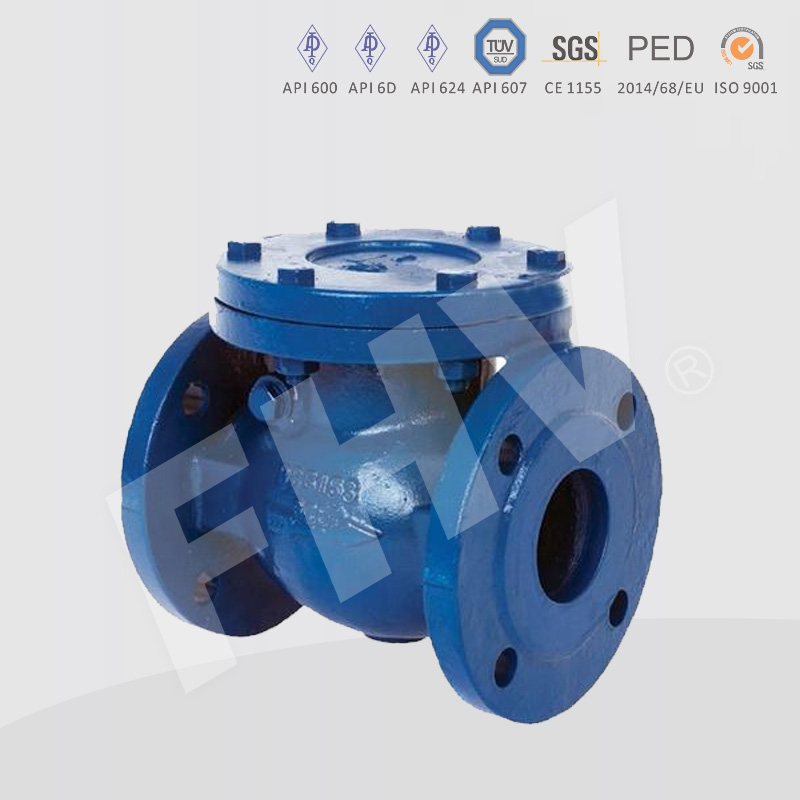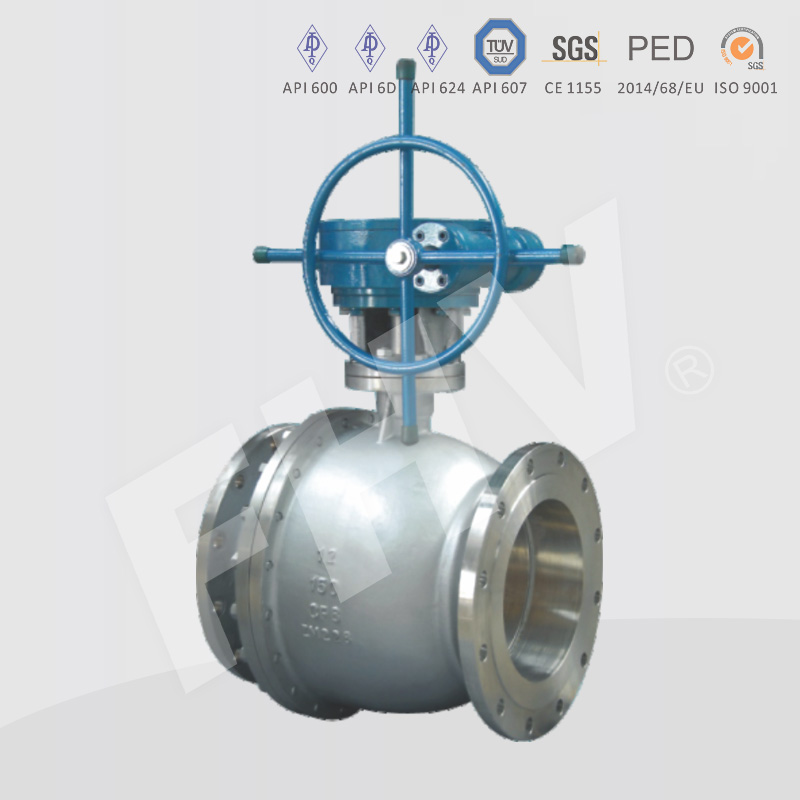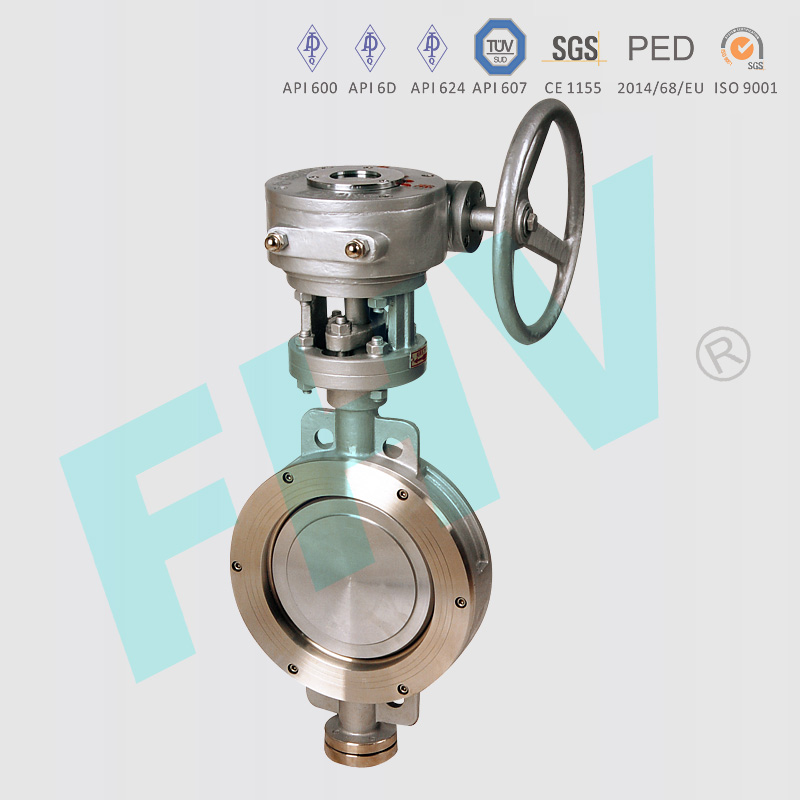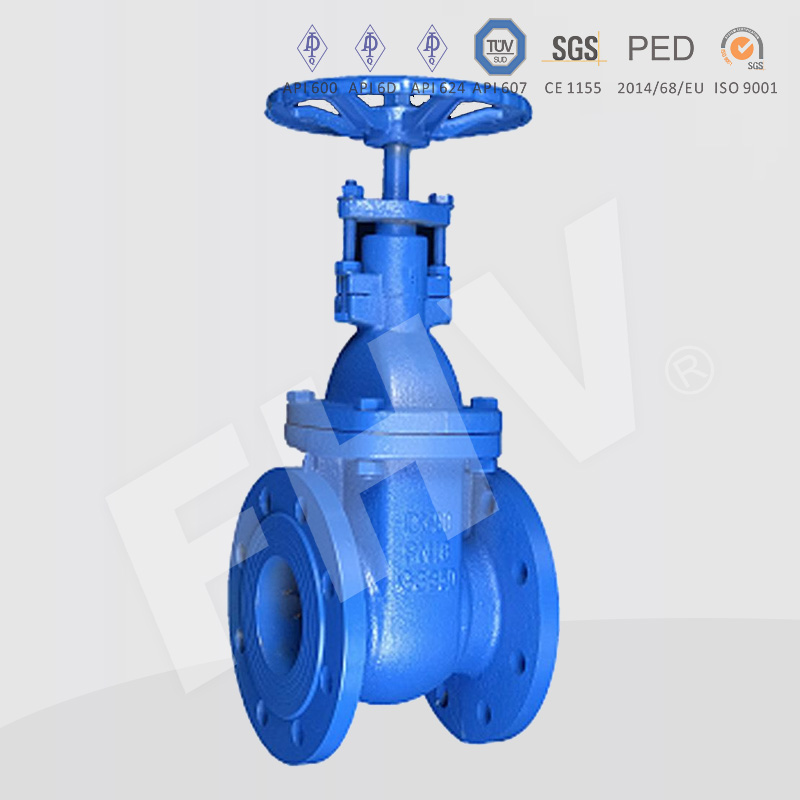How to select valves for industrial fluid system?
In fluid pipeline system, as a control element, the valve is mainly used to isolate equipment and pipeline system, regulate flow, prevent backflow, regulate and discharge pressure. Therefore, in the specific production process, how to select the appropriate valve is particularly important. This also requires technicians to correctly understand the characteristics of the valve and clarify the steps and basis for selecting the valve.
In order to correctly select the valve, designers and technicians can follow the stamped method, integrate the factors such as size, temperature, application, medium, pressure, end or joint, and delivery, and fully consider each of these operating conditions, which can effectively guide the professionals of industrial fluid analysis and sampling system to select the correct valve products. The following describes how to apply stamped to fluid system design.
1.size
The size of the valve determines its flow and needs to correspond to the flow rate expected or required by the system. The manufacturer will provide a flow coefficient (CV), which represents the relationship between the pressure drop at both ends of the valve and the corresponding flow. The flow coefficient (CV) is the amount of water (in gallons) flowing through a valve with a pressure drop of 1 psi per minute at 60 ° F. For compressible fluids such as natural gas, calculating and using CV parameters to predict flow will be more complex, but for a given application, this is still an effective valve size selection method.The valve design factors affecting CV include the size and geometry of the flow path, and the orifice size of the valve will affect the fluid flow through it. The larger the orifice, the greater the potential flow. The orifices of different types of valves may vary greatly. For example, a ball valve will provide a small flow resistance, but a needle valve will limit or slow down the flow rate. These are the factors to be considered in the process of valve selection.
2.temperature
The temperature includes the medium temperature of the system controlled by the valve and the working temperature of the surrounding environment. When selecting the type, we should consider: will these temperatures remain constant or change frequently? These conditions may affect the selection of valves or the frequency of preventive maintenance.In addition, temperature fluctuations that may cause expansion and contraction of sealing materials shall be considered. Metal parts may lose strength at high temperatures, reducing the pressure rating. Please make sure that the selected valve has passed the comprehensive test under extreme conditions.
3.application
What does the valve need to do in the system? Start or stop the flow of medium, adjust the flow level, control the flow direction, or protect the system from overpressure. These problems are an important basis for the design and selection of valve types.Take a simple two-way ball valve as an example. Although some ball valves can provide throttling function, most ball valves should not be used for throttling or regulating flow, but should be used in the fully open or fully closed state. If the goal is to throttle or regulate flow, a needle valve or metering valve may be a better choice.
4.media
When it is necessary to correctly select the valve with appropriate material composition, the fluid medium inside the system should also be carefully considered. Ensure that the system medium is compatible with the materials constituting the valve body, valve seat, valve stem tip and other soft materials. Incompatibility may lead to problems such as corrosion, embrittlement or stress corrosion cracking, which will bring safety risks and costly production problems. Like temperature, the location of valve installation is also one of the important selection factors. Whether it operates in a climate controlled environment, such as inside the factory or in a heated instrument shell, or outdoors, and needs to be exposed to direct sunlight, rain, snow, frost, ice and other climates, whether it will be exposed to the marine environment containing a large amount of chloride, etc. The valve and its components have a variety of materials. Selecting a suitable valve according to these factors can effectively enhance the functionality of the valve and prolong the service life of the valve.
5.pressure
Pressure is another important consideration when selecting valves. Two situations of pressure need to be paid attention to:① Working pressure:
Normal working pressure in the system;
② Design pressure:
The maximum pressure limit provided by the valve manufacturer; Do not exceed the design pressure of any fluid system component except under controlled test conditions.
The pressure limit of the fluid system is based on its lowest rated components, which should be clear when selecting the valve. The pressure and temperature of process fluid have a great impact on the performance of components. The selected valve needs to withstand pressure and work in various temperature and pressure ranges when required. Design, material selection and verification are key aspects of valve performance. In addition, the interaction between pressure and temperature is very large. Generally, the rated working pressure will decrease with the increase of process fluid temperature.
6.end / joint (end)
The valve comes with a variety of terminations, including indispensable ferrule joints, pipe threads, pipe flanges, welded ends, etc. Although not traditionally associated with the structure of the valve, the choice of termination is crucial to the overall structure of the valve and its ability to maintain the sealing system. Make sure that the terminations are suitable for the system pressure and temperature and are of the right size. The correct terminations can simplify the installation and avoid additional leakage.
7.delivery
After considering these factors, on-time delivery and reliable supply are also very important to maintain the operation and efficiency of the fluid system. As a final step in the stamped approach, valve suppliers need to be fully reviewed. When other parts are needed, whether the supplier can meet the normal needs, whether it is easy to contact and provide perfect after-sales service.
summary
The selection of valves is essential for the design of safe and efficient fluid system. According to the above basis and steps for selecting valves, when selecting valves reasonably and correctly, it is also necessary to have a detailed understanding of the internal structure of various types of valves, so as to make a correct choice for the preferred valves





